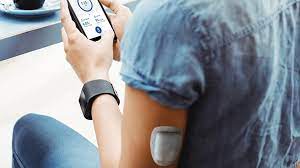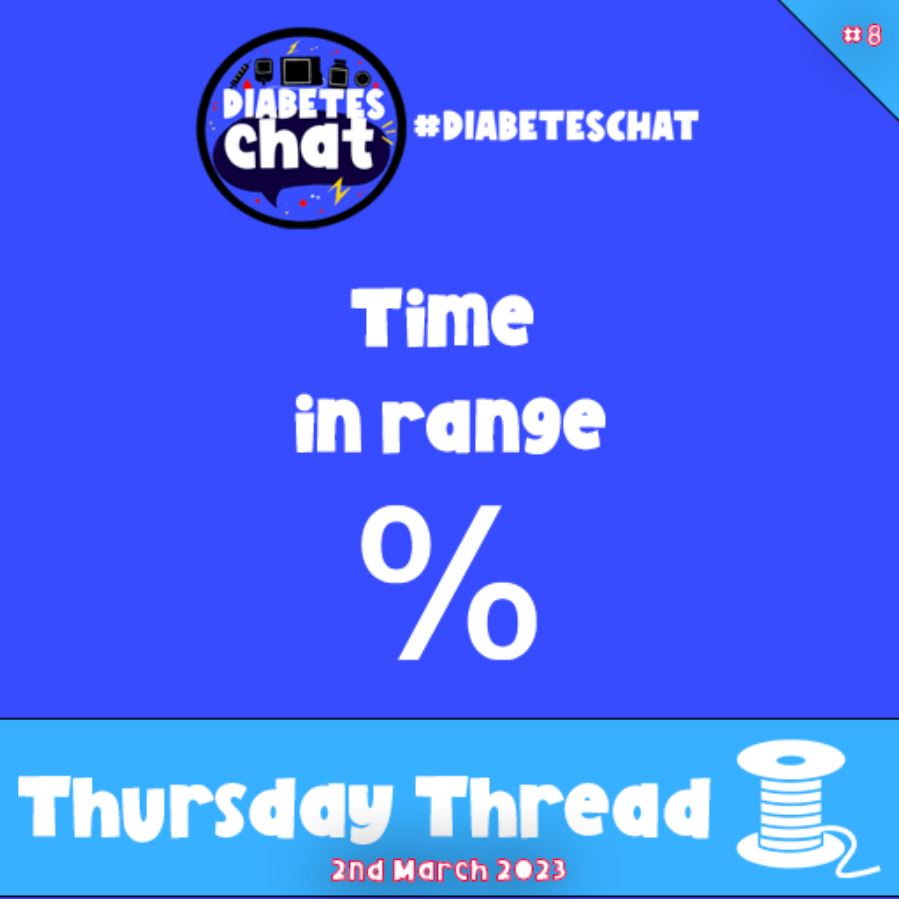Pens to Pumping
1/14
It's almost 200 days since I started using an insulin pump🗓️
So I thought I would reflect by creating a🧵covering:
What is pump therapy?
Why I switched from MDI?
What pump I chose and why?
How I switched?
What difference has it made?
#gbdoc #diabeteschat
1/14
It's almost 200 days since I started using an insulin pump🗓️
So I thought I would reflect by creating a🧵covering:
What is pump therapy?
Why I switched from MDI?
What pump I chose and why?
How I switched?
What difference has it made?
#gbdoc #diabeteschat
2/14
What is pump therapy?
Insulin pump therapy is also known as a continuous subcutaneous insulin infusion (CSII).
It's basically a programmed pump that delivers rapid acting insulin through an infusion set to help manage glucose levels.
What is pump therapy?
Insulin pump therapy is also known as a continuous subcutaneous insulin infusion (CSII).
It's basically a programmed pump that delivers rapid acting insulin through an infusion set to help manage glucose levels.
3/14
What type of insulin pumps are there?
There are two main types:
One type are tethered e.g. @TandemDiabetes T Slim, @MDT_Diabetes 780G, @mylife YpsoPump.
These pumps consist of a portable pump device, a canula that is inserted into the skin, and small tubing.
What type of insulin pumps are there?
There are two main types:
One type are tethered e.g. @TandemDiabetes T Slim, @MDT_Diabetes 780G, @mylife YpsoPump.
These pumps consist of a portable pump device, a canula that is inserted into the skin, and small tubing.

4/14
The other type is patched pumps e.g. @myomnipod dash and @GlucoMen.
These types have a pump device that is directly attached to the skin. The pump then wirelessly communicates with a handheld device or compatible control app on a mobile phone.
The other type is patched pumps e.g. @myomnipod dash and @GlucoMen.
These types have a pump device that is directly attached to the skin. The pump then wirelessly communicates with a handheld device or compatible control app on a mobile phone.

5/14
Why I switched from multiple daily insulin injections (MDI)?
For many years I found injections to be:
- Burdensome on my life with #T1D🙁
- Unable to help me self-manage my glucose levels possible the best possible
- Restricted my ability to run as far as possible🏃♂️
Why I switched from multiple daily insulin injections (MDI)?
For many years I found injections to be:
- Burdensome on my life with #T1D🙁
- Unable to help me self-manage my glucose levels possible the best possible
- Restricted my ability to run as far as possible🏃♂️
6/14
During my ten years on insulin injections I also developed a fear of hypoglycaemia🩸
This is what became the criteria rationale for use of insulin pump therapy as per @NICEComms [TA151]⬇️
During my ten years on insulin injections I also developed a fear of hypoglycaemia🩸
This is what became the criteria rationale for use of insulin pump therapy as per @NICEComms [TA151]⬇️

7/14
What pump I chose and why?
I chose @myomnipod dash.
I liked how there is no tubing and that the pump is directly attached.
I thought to myself that I wear and get on well with @FreeStyleDiabet, and that the dash device is just a little bigger.
What pump I chose and why?
I chose @myomnipod dash.
I liked how there is no tubing and that the pump is directly attached.
I thought to myself that I wear and get on well with @FreeStyleDiabet, and that the dash device is just a little bigger.
8/14
I also had a go at wearing a test kit which was a useful and positive experience.
A bit like a test drive 🚗
Or a try before you ''buy''
For anyone interested here is a link: omnipod.com/en-gb/get-star…
I also had a go at wearing a test kit which was a useful and positive experience.
A bit like a test drive 🚗
Or a try before you ''buy''
For anyone interested here is a link: omnipod.com/en-gb/get-star…

9/14
How I switched?
Prior to my insulin pump start day I was required to write down my glucose levels, carbs, bolus and basal doses for one week.
It felt like I was completing a @dafne diary again😆
How I switched?
Prior to my insulin pump start day I was required to write down my glucose levels, carbs, bolus and basal doses for one week.
It felt like I was completing a @dafne diary again😆

10/14
This was to help my diabetes team work out my pump:
- Basal rates
- Insulin to carbohydrate ratios
- Insulin sensitivity factors for correcting high glucose levels
@DTN_UK have the most amazing guide for #hcps which includes a flow chart for pump setting initiation⬇️
This was to help my diabetes team work out my pump:
- Basal rates
- Insulin to carbohydrate ratios
- Insulin sensitivity factors for correcting high glucose levels
@DTN_UK have the most amazing guide for #hcps which includes a flow chart for pump setting initiation⬇️

11/14
I was on twice daily Levemir 💉
So I needed to appropriately stop my long acting insulin before starting on my pump journey🛣️
Thankfully my diabetes team @uhlinptdiab provided clear instructions💌
I was instructed to omit my morning Levemir dose on the pump start day ⬇️
I was on twice daily Levemir 💉
So I needed to appropriately stop my long acting insulin before starting on my pump journey🛣️
Thankfully my diabetes team @uhlinptdiab provided clear instructions💌
I was instructed to omit my morning Levemir dose on the pump start day ⬇️

12/14
Then on Monday 20th June 2022 I switched from MDI to pump therapy.
I was a little apprehensive about starting 🫢
But I took the plunge and have been swimming ever since🏊♂️
When I got home that day my family made a little surprise party🥳

Then on Monday 20th June 2022 I switched from MDI to pump therapy.
I was a little apprehensive about starting 🫢
But I took the plunge and have been swimming ever since🏊♂️
When I got home that day my family made a little surprise party🥳


13/14
What difference has it made?
For me it has certainly reduced my burdensome feeling of living with #T1D
It has also helped reduce my anxiety with hypos🙂
It has also given me more confidence to push myself further and more often with my running🏃♂️
What difference has it made?
For me it has certainly reduced my burdensome feeling of living with #T1D
It has also helped reduce my anxiety with hypos🙂
It has also given me more confidence to push myself further and more often with my running🏃♂️

14/14
But like all technology, pump therapy is not perfect.
I have experienced unexplained hyperglycaemia, leading to me identifying pump failure❌
It also requires you to be methodical, prepared and committed.
But from it I have noticed better glucose levels🩸
But like all technology, pump therapy is not perfect.
I have experienced unexplained hyperglycaemia, leading to me identifying pump failure❌
It also requires you to be methodical, prepared and committed.
But from it I have noticed better glucose levels🩸

• • •
Missing some Tweet in this thread? You can try to
force a refresh








